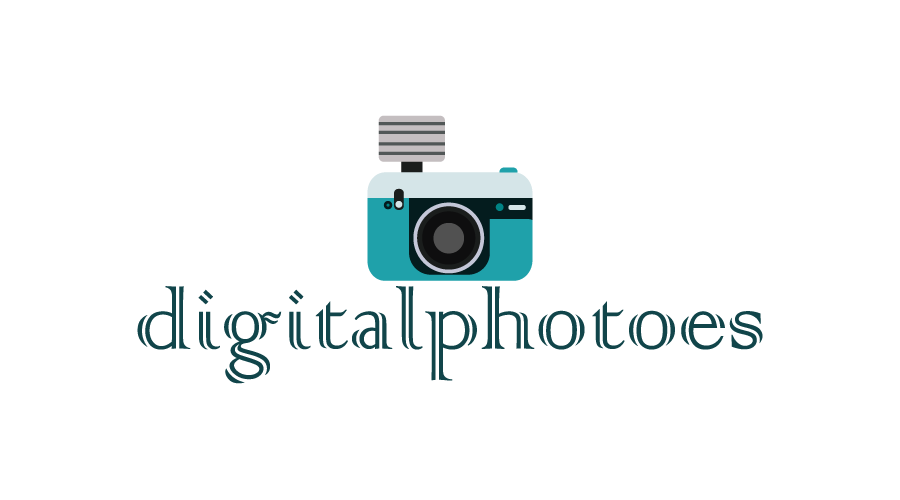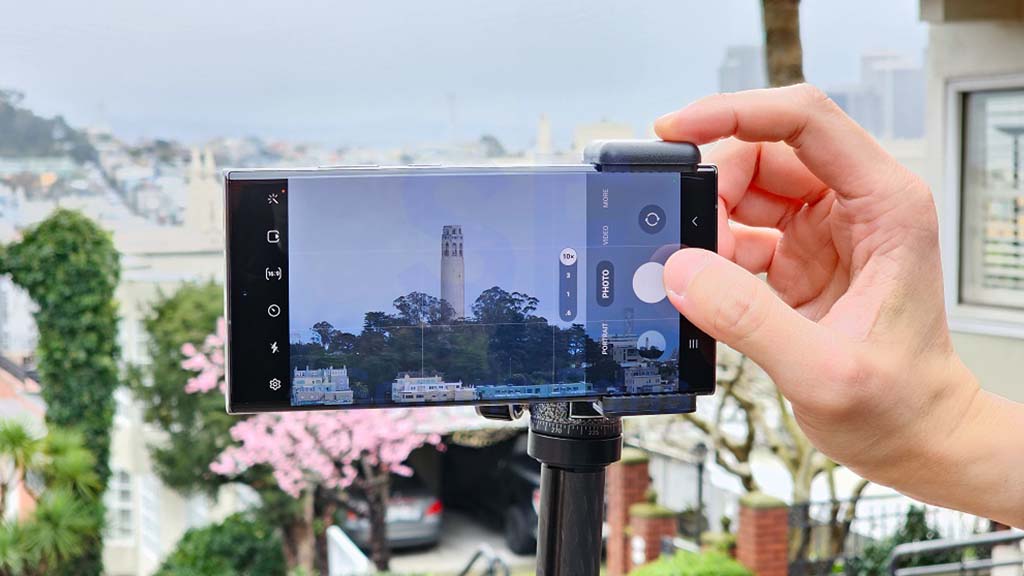Video conferencing has recently merged into both our personal and professional lives. Zoom has established itself as a market leader in smooth virtual meetings and cooperation among the many platforms that are available. In-depth examination of Zoom’s camera features and their significance in delivering a high-quality video conferencing experience are the main topics of this article’s Zoom camera test. Understanding the Zoom camera test can help you optimise your video output and leave a lasting impact, whether you are a professional engaging in virtual meetings or a student taking online courses.
Section 1: The Value of a Good Camera for Video Conferencing
The importance of camera quality in video conferencing will be highlighted in this section. It will go through how having a video feed that is clear and sharp improves engagement, communication, and portrays a professional image. The effect of camera quality on nonverbal cues, facial expressions, and visual cues during virtual meetings will also be covered.
Examining Your Video Feed in Section 2’s Zoom Camera Test
Before joining a meeting, users can evaluate the quality of their video output using the Zoom camera test. Users can follow the instructions in this section to do a Zoom camera test. It will outline how to use Zoom’s video settings and find the camera test option. Users will discover how to check their video stream, change the camera’s settings, and spot any problems that can degrade the quality of the video.
Section 3: Improving Zoom Settings for Camera
Zoom camera settings need to be optimised for the optimum video conference experience. This section offers suggestions and pointers for modifying camera settings to improve video quality. It will discuss things like resolution, aspect ratio, frame rate, lighting, and camera positioning. Users will learn how to customise the system in order to produce the best possible video.
Section 4: Zoom Camera Problems Troubleshooting
Despite the Zoom camera test and optimized settings, video conferencing may occasionally experience camera problems. This section will discuss typical camera-related issues and provide solutions. It will deal with difficulties including pixelated or fuzzy video, dim lighting, autofocus challenges, and network problems. Users will learn how to address these issues in order to maintain a seamless and expert video conferencing experience.
Additional Advice for a Successful Zoom Camera Test in Section 5
Additional advice for consumers to succeed in their Zoom camera tests and subsequent video conferencing will be given in this area. It might suggest things like:
choosing the right camera hardware to produce videos with higher quality.
using a separate webcam as opposed to only the laptop or device’s built-in camera.
Taking into account the video feed’s background and framing for a professional appearance.
as appropriate, using custom or simulated backgrounds.
Conclusion:
The Zoom camera test is essential for maximising the video conference experience and allowing participants to effectively and professionally introduce themselves. Users may make sure they give a high-quality video feed during virtual meetings, interviews, or online classes by recognising the importance of camera quality, carrying out regular camera testing, and putting recommended optimisations into practise. Take advantage of Zoom’s camera features and the advice in this article to leave a lasting impression and build meaningful relationships online.

